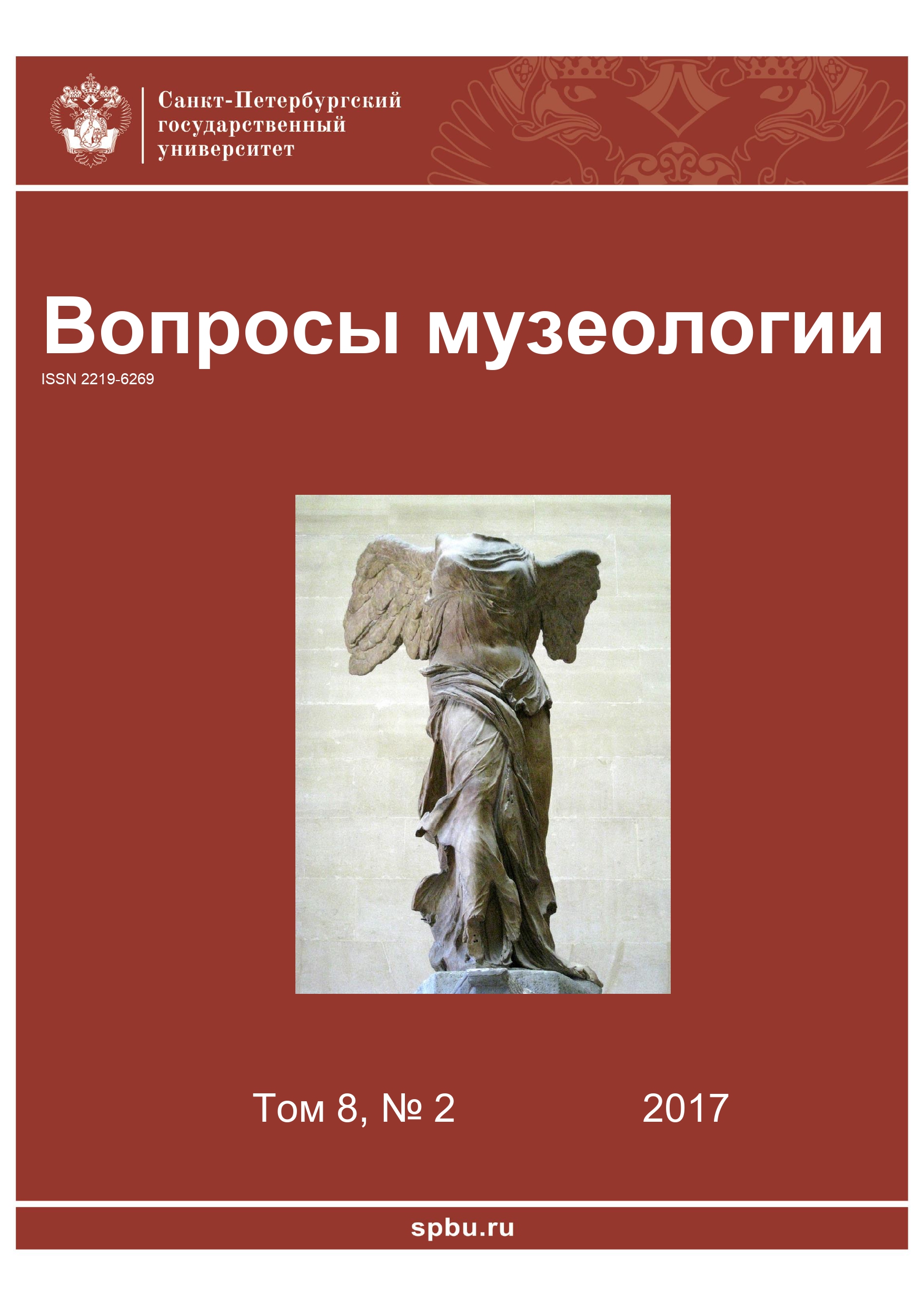The origin and legacy of the concept of museality
DOI:
https://doi.org/10.21638/spbu27.2017.201Аннотация
At the end of the seventh decade of the 20th century, Czech museologist Zbynēk Stránský introduced the notion of “museality” (chez. Muzealita) in the theory of museology as a designation for that aspect of reality which is studied by museology. The aim of this paper is to examine the origins and legacy of these ideas. On the one hand, some elements which Stransky used in defining the museality can be recognized even in the texts of the Vienna school of Art History from the beginning of the 20th century, especially in the texts by Max Dvořák, who was Stránský’s compatriot, and could indirectly influenced the founders of the Czech museology school, Jan Jelinek and Jiri Nesputny. Also, the relationship between the concepts “literality” (Roman Jakobson/Tzvetan Todorov) and museality is examined as a possible inspiration. On the other hand, the legacy of the concept presented by Stránský could be recognized in the development of museological ideas that have emerged since the eighties of the 20th century, such as, for example, the works of W. Gluzinski, I. Maroević, P. van Mensch, and the concepts of “heritology” (T. Šola) and “theory of testimoniality” (D. Bulatović).
Ключевые слова:
музеология, музеальность, Збынек Странский, музеологическая теория, изучение культурного наследия, теория свидетельств
Скачивания
Библиографические ссылки
References
Загрузки
Опубликован
Как цитировать
Выпуск
Раздел
Лицензия
Статьи журнала «Вопросы музеологии» находятся в открытом доступе и распространяются в соответствии с условиями Лицензионного Договора с Санкт-Петербургским государственным университетом, который бесплатно предоставляет авторам неограниченное распространение и самостоятельное архивирование.





